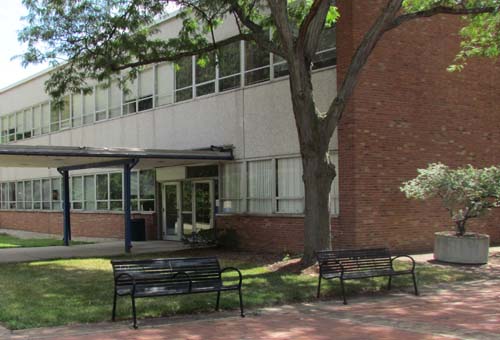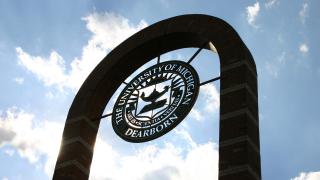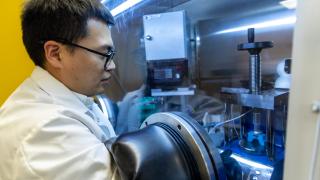
With plans to capitalize on a recent surge in science, technology, engineering and math (STEM) jobs, the University soon will renovate one of its oldest buildings with some help from the state.
Michigan Gov. Rick Snyder recently approved a $30 million capital outlay that will help UM-Dearborn fund its Science Building renovation project.
“I am confident that a renovated Science Building not only will better serve our students in the near term, but also be a wise investment in the future of preparing students for the jobs and economy of tomorrow,” UM-Dearborn Chancellor Daniel Little said.
STEM jobs grew three times faster than non-STEM jobs over the past decade, according to a 2011 U.S. Department of Commerce report, and are expected to grow another 17 percent by 2018.
UM-Dearborn students are aware of the expected job growth, which likely played a role in a 21 percent enrollment spike in Department of Natural Sciences courses over the past five years.
But in order to best prepare students for high-demand careers in the sciences, while also providing proper facilities for cutting-edge faculty research, UM-Dearborn needed to upgrade the Science Building, which was constructed in 1959.
The $51 million project already is underway, as the Facilities Planning Team is finalizing the design phase. Once that phase is complete, faculty and staff members located in the Science Building will be informed about relocation schedules.
There are a series of projects that still must be completed before faculty and staff members can be relocated, which will take about a year. The actual renovation of the building is expected to take about 2.5 years to complete.
In addition to developing a building that prepares its students for 21st century issues, skills and careers, UM-Dearborn also plans to maintain sustainability. The renovated Science Building is expected to improve energy efficiency, reduce operating costs and minimize the University’s carbon footprint.




